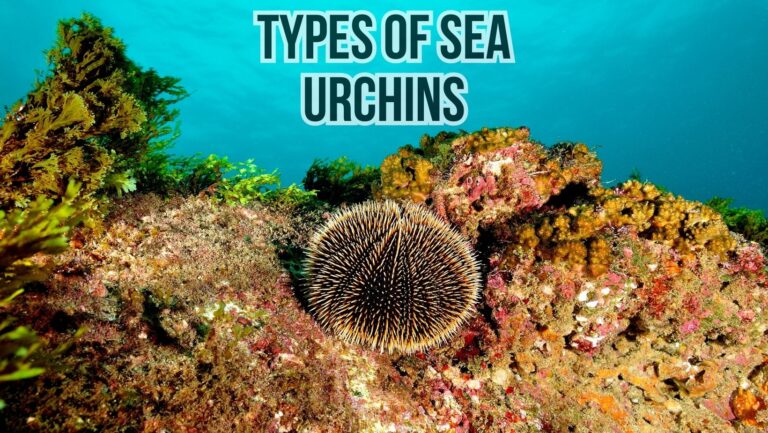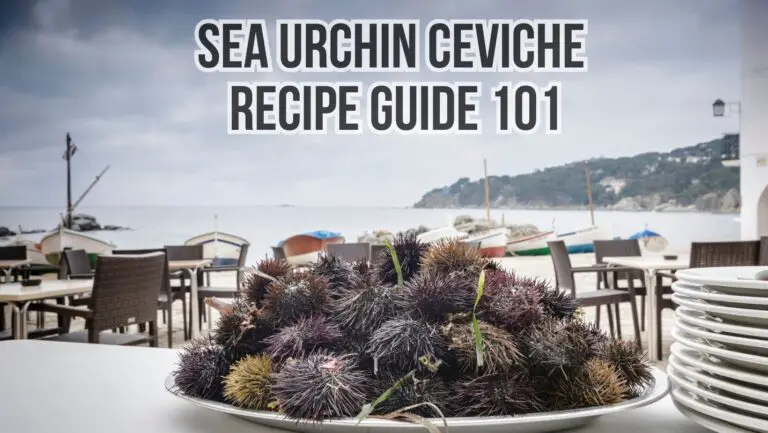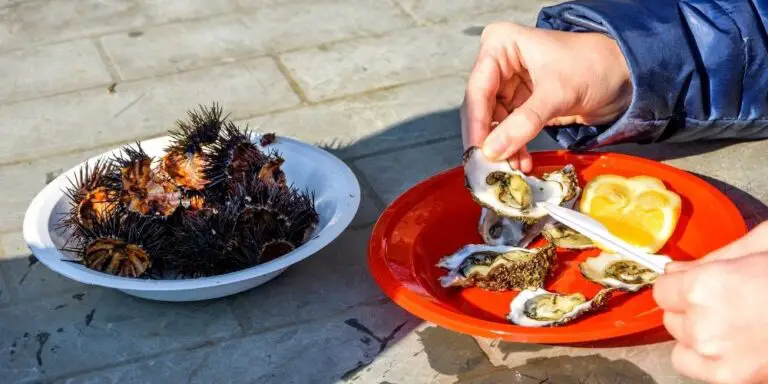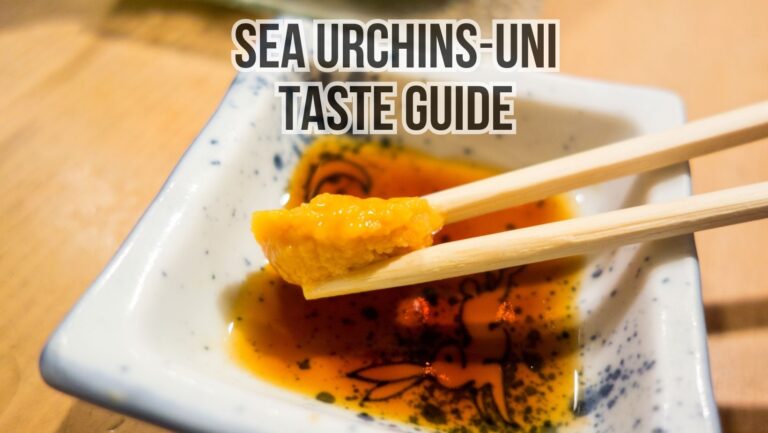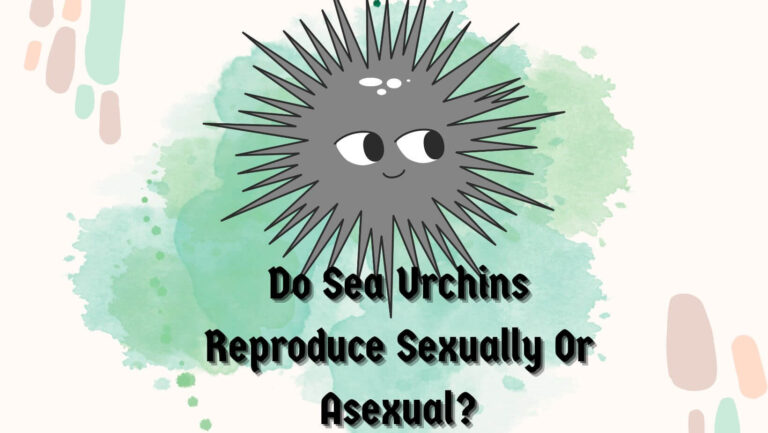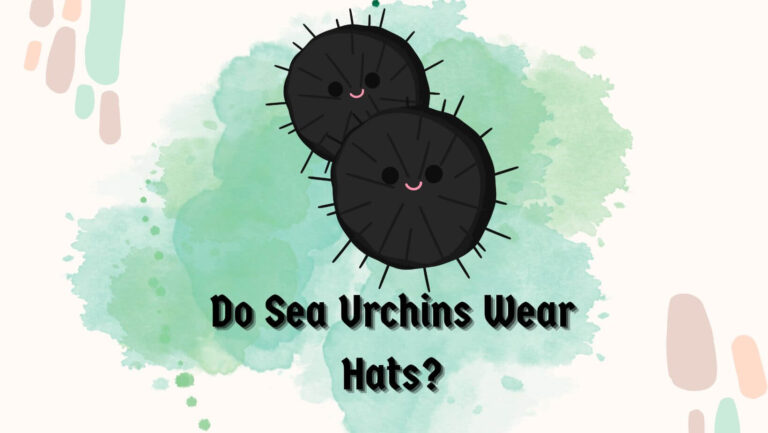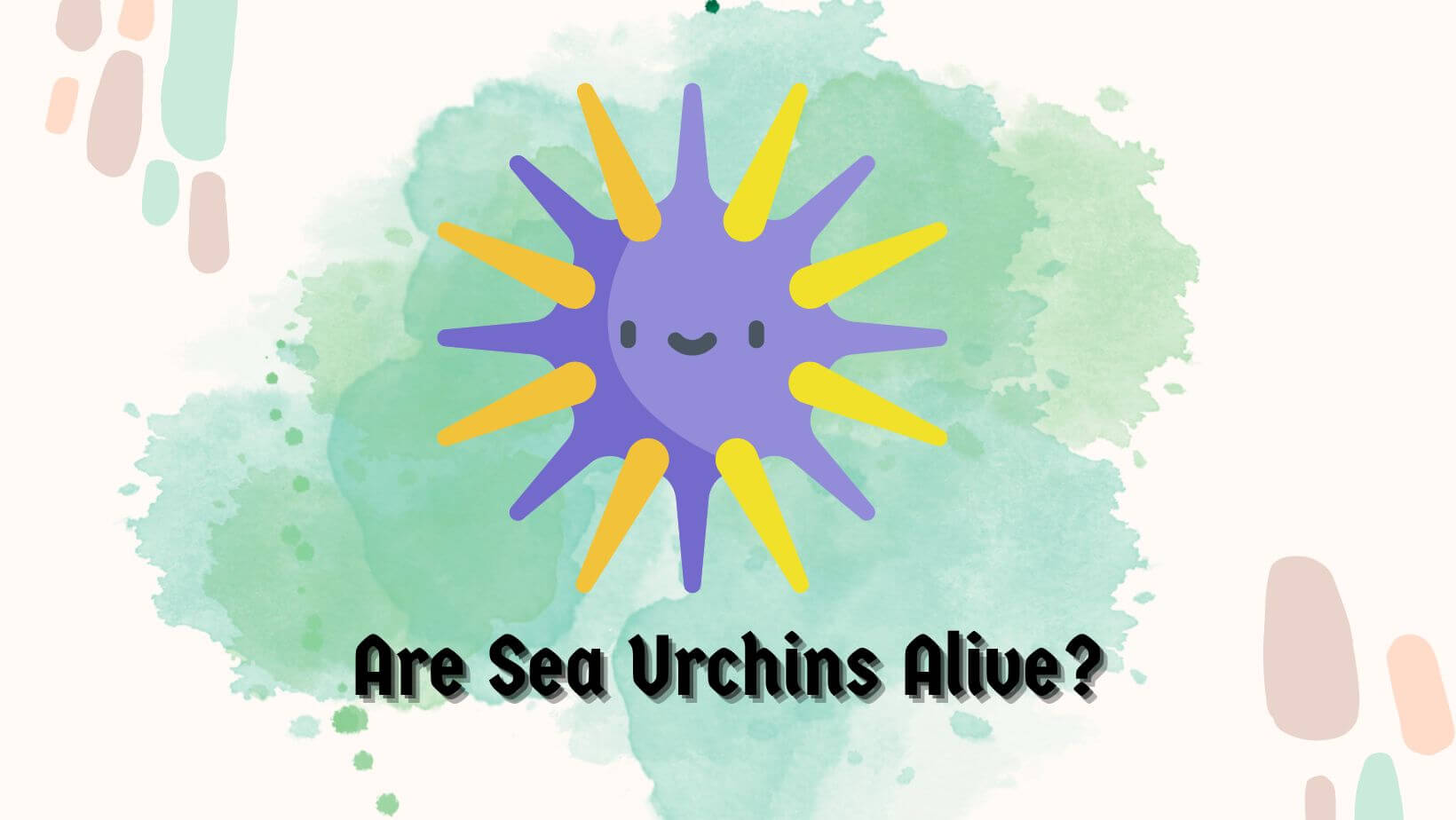
We all know how fascinating sea urchins are. They are not only fascinating creatures but are also said to be one of the most popular Marine delicacies people love eating and enjoying.
However, if you have encountered sea urchins and are wondering whether they’re alive, this is the article for you. In this article, I will answer the question: are sea urchins alive? and also tell you about their unique anatomy and life cycle that distinguishes them from other organisms.
Today, we will explore the signs of life exhibited by sea urchins and their role in the ecosystem while knowing the importance of conserving their population for Marine balance. Let’s begin with knowing the life cycle of sea urchins, and then I will tell you the answer to the most intriguing question: are sea urchins alive?
Table of Contents
Life Cycle of Sea Urchins

Like many Marine organism, sea urchins also undergoes A remarkable life cycle, which we can divide into three main stages. If you understand these life stages, you will not only be able to tell whether they are mature to be cultivated but also understand and appreciate the complexity of their existence and various adapts adaptations deposes. Let’s know the three main stages of the child’s life cycle.
Sea urchins undergo a remarkable life cycle, which can be divided into three main stages: larval, juvenile, and adult. Understanding this life cycle helps us appreciate the complexity of their existence and the various adaptations they possess.
- Larval Stage: First, sea urchins begin their journey as free-floating larvae in their habitat or Ocean. These microscopic larvae are popularly known as plankton and can easily drift away with strong currents. During this stage, sea urchins feed on phytoplankton, which are nothing but tiny plants floating in the water column. They feed and undergo a significant transformation before transitioning into the Juvenile stage.
- Juvenile Stage: Once sea urchins are properly developed as a larva, they try to settle down on the ocean floor so they can transfer into juvenile sea urchins. At this time, they will start to develop their characteristic spines, which we often observe and want to protect ourselves when entering the Ocean. This spine protects them later Against easy predation and helps them in locomotion. At this stage, sea urchins will continue to grow and mature into adults over time.
- Adult Stage: At the adult stage, sea urchins can be considered fully developed individuals that we commonly observe and associate with these creatures. At this time l, you will notice their spherical body covered with short spins at this time. Also, they can vary in size ranging from a few cm to several inches in diameter, depending upon their variety or species.
Are Sea Urchins Alive?

If a sea urchin has short or long spiky spines all over its body, It is alive. You should carefully return alive and see a scene back to the sea using a bucket or so well. The Dead Sea urchin will look bald with no spines at all. It will also be empty inside when dead.
Like any other living organism, sea urchins are alive and belong to the animal kingdom. They are popular Marine creatures found in oceans All around The World. They are also known for this part spike exoskeleton, which protects their habitat. Sea urchins also have different types of internal organs and body functions that help them to survive and interact with their environment. So
sea urchins are living organisms that use their specialized mouth structure called Aristotle lanterns to feed on algae, plants, and small organisms. Let’s take a quick look at the five signs of life & understand if the ones you have encountered are alive.
Signs of Life in Sea Urchins
Sea urchins are alive; they exhibit many signs of life, highlighting their behavior adaptation and physiological function. Therefore, to learn more about their living nature, let’s delve into some of the notable aspects:
Respiration
As I told you earlier, sea urchins tend to have many internal organs and bodily functions. In addition, sea urchins tend to carry specialized respiratory structures called gills, which are nothing but membranous structures that facilitate gas exchange by extracting oxygen from the surrounding water.
For sea urchins, gills are crucial to maintain their metabolic process and ensure their survival in the Marine ecosystem. Not only gills but sea urchins are also known to take the help of their tube feet for respiration.
These tube feet tend to be small and hollow structures extending from their body to help with locomotion and respiration. This organ contains a tiny projection called podia which aids in oxygen absorption.
Movement
Sea urchins also use different movement methods using their individual autonomy and hydraulic system, known as the water vascular system. This helps them to maneuver across the ocean floor.
The water vascular system of sea urchins consists of a network of fluid-filled canals connected to their tube feet. Sea urchins usually contract and expand this tube fits using their hydraulic system during movement.
Apart from this, the spines also play a crucial role in their locomotion by coordinating the movement of the spine and tube feet. It usually helps sea urchins crawl, roll, and burrow into the sand.
Sea urchins are also known to respond to external use of their sensory structures, like tube feet, which detect changes in their environment. These sensory structures also give sea urchins the ability to respond to light, touch, and chemical cues in their surroundings.
Feeding & Digestion
Depending upon the species, sea urchins usually feed on varied diets as they are omnivorous. They also have a specialized mouth on the underside of their body for feeding. This specialized mouth part is popularly known as the Aristotle’s lantern, helping them scrape algae and other organic matter from the rocks, substrate, and other surfaces.
Once they ingest the food, it passes through their digestive system for further processing. With their unique adaptation called the Aristotle lantern, they could break down and digest their food for sure.
Reproduction
Do you know sea urchins are known to reproduce through both sexual & asexual means to ensure the survival and continuation of their species? Depending upon the species, they may be involved in sexual or asexual reproduction.
In sexual reproductions, sea urchins tend to release eggs and sperm into the water for external fertilization, resulting in embryos developing into larvae and commencing the life cycle once again.
On the other hand, few species tend to follow an asexual reproduction system through a process called fragmentation. In asexual reproduction: a part of a sea urchin’s body usually separates and grows into a new individual.
Environmental Adaptations
Thanks to evolution and nature, sea urchins have adapted well to their ecosystem. They have various adaptations for survival and to thrive in their respective environment depending upon different circumstances.
They are known to camouflage and defend themselves against predators as well. They are also very tolerant of environmental conditions. During many experiments, sea urchins showed remarkable adaptability to different environmental conditions, allowing them to withstand temperature, salinity, or water acidity fluctuation.
In addition, sea urchins are well equipped with spiky spines that serve as a defense mechanism and a means of camouflage. They can also change the spine’s color and arrangement to blend in better with the surrounding substrate to defend themselves from visual-oriented predators.
Related Topic: How Does Temperature Affect Sea Urchins?
Sea Urchins in Their Ecosystem
Do you know sea urchins play a significant role in their ecosystem, influencing various ecological processes and interacting with other organisms? Sea urchins serve as an important link in the Marine food chain and tend to modify the habitat with their feeding habits.
They are known to primarily feed on algae, helping control the population and maintain a balanced ecosystem. In turn, sea urchins are a great food source for many predators, including Birds, larger fishes, and otters.
In areas where sea urchin populations are very dense, they have quickly led to the removal of algae which can significantly impact the overall composition and biodiversity of the ecosystem.
Sea urchins also face many predations helping them regulate their population. Also, they have been seen in engaging symbiotic relationships with certain organisms. For example, small shrimps, also known as commensal shrimps, usually live among the spines of sea urchins as a means of protection while helping their host remove the algae residue from their body part and stuck into the spine.
They also exert control over algae growth on coral reefs by consuming excess algae. By consuming excess algae, they prevent smothering and provide opportunities for coral larvae to settle and grow.
- Other Intriguing Topics To Discover
- Is a Sea Urchin a Crustacean?
- Do Sea Urchins Harm Coral?
- Are Sea Urchins Reef Safe
Conservation & Management of Sea Urchin Populations
Even though those sea urchins have ecological importance, they face many threats and challenges that require good conservation efforts and sustainable management practices. Unregulated harvesting or over-fishing of sea urchins has led to inevitable population decline, which can disrupt their role in the ecosystem.
Also, human activities like coastal development and pollution have degraded sea urchins’ habitats, continuously reducing their abundance & negatively impacting their population. Therefore, we must work towards establishing marine protected areas that can help preserve their habitats.
Also, we should regulate our fishing activity and habits by providing sanctuary for sea urchins and other Marine organisms. Governments should also consider implementing a few regulations and guidelines for the sustainable harvesting of sea urchins to ensure their populations are not depleting so quickly beyond their sustainable level.
The best thing is to regulate the harvesting of sea urchins by setting quotas, size limits, and seasonal restrictions. These measures should be aimed at maintaining the balance between harvesting and preserving the sea urchin population to allow sustainable use of them too.
Conclusion
Sea urchins are indeed alive when they have spiky spines on their bodies, no matter whether it’s short or long. If this is the case, leave them alone or try to help them get back into the ocean water using a bucket or a shovel. It shouldn’t be difficult because sea urchins exhibit various signs of life, from respiration to movement.
If you find this article helpful, where we have discussed whether sea urchins are alive or not, consider sharing. Your share will make many people learn about their ecological role in food chains, interactions with other organisms, and influence on reef health. I hope you liked this article and will consider checking out our other helpful posts on this website. See you in the next post, till then, take care & goodbye.

